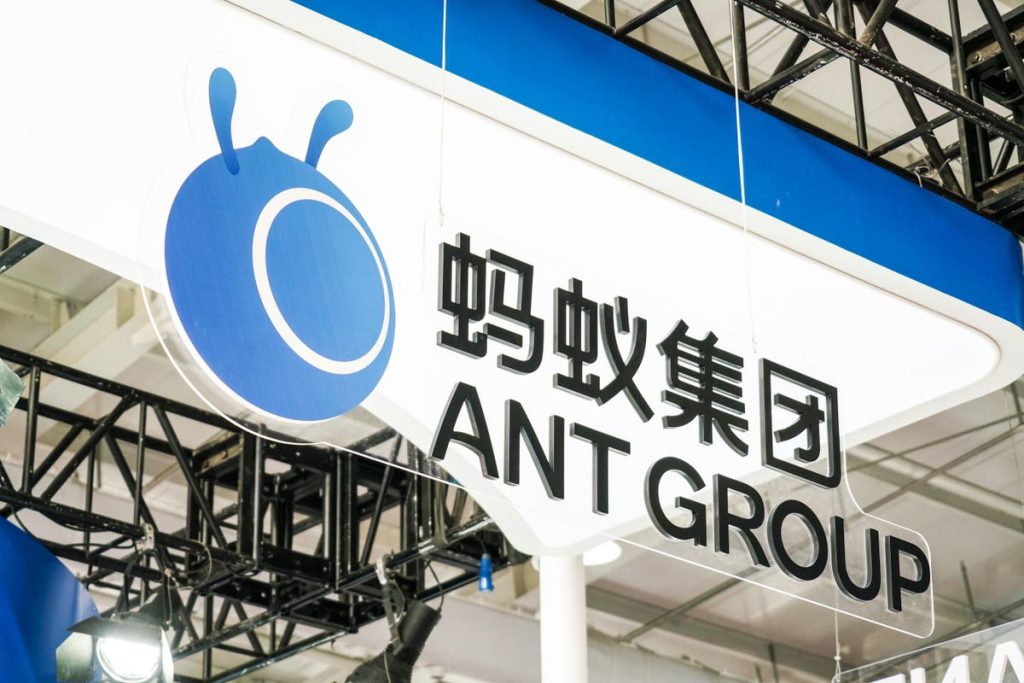One has to give Ant Group credit: Despite the bruising tech crackdown it has endured at home, it has not given up on its vision of creating a regional payments ecosystem. In fact, Ant arguably had the idea to link up the disparate markets of Southeast Asia via a proprietary digital payments network even before different countries in the region began to set up their own bilateral rails using QR codes.
In its headiest days of international expansion, flush with profits from its then lucrative consumer lending and wealth management businesses, Ant Group took strategic stakes in growing e-wallets across Asia. It did not limit its investments to the Asean countries, either. Kakao Pay and Paytm are two of its most strategic investments. As a result, Ant has a hand in the payments market of every major Southeast Asian economy as well as South Korea and India.
Yet the intense fragmentation the region’s payments industry makes creating any unifying regional payments rail difficult, as Ant is discovering with Alipay+.
Alipay+
Ant believes that Alipay+ can reduce the friction of fragmented payments options by boosting interoperability – primarily, but not exclusively, in Southeast Asia. When a merchant installs Alipay+, merchant’s customers can then pay for goods and services with any of the participating wallets in the ecosystem rather than having to ensure interoperability with the wallets one by one. The more wallets in the ecosystem, the better the value proposition becomes. Given how consolidation has failed to materialize among Southeast Asia e-wallets – with a few exceptions like the Gojek-Tokopedia merger – Ant is offering what it sees as an attractive alternative.
So Alipay+ makes payments more convenient for merchants and consumers, but what does Ant get out of it?
For now, the fintech giant collects a fee from each overseas transaction, recurring merchant subscription fees and also sells merchants marketing tools, such as reward programs and services to help companies to develop their own apps.
Alipay+ merchant coverage reached 2.5 million as of November 2022 and has continued to grow steadily since. In February, Alipay+ launched in Australia across 8,000 epay retailers, which through the tie-up received access to Alipay+ e-wallet partners such as AlipayHK (Hong Kong), GCash (The Philippines), Kakao Pay (South Korea), TrueMoney (Thailand) and Touch ‘n Go eWallet (Malaysia).
In late June, Ant announced that Alipay+ would be accepted at the 2,400 7-Elevens across Malaysia, thanks to a tie-up with the payment gateway Razer Merchant Services, a B2B fintech focused on boosting digital transformation in Malaysia. Including its presence at 7-Eleven, Alipay+ is now available at than 80,000 merchant touchpoints in Malaysia.
Digital Banking
Arguably, Ant’s biggest international expansion move in Asia is its Singaporean digital bank, ANEXT
XT
But the broader economic picture for ANEXT is also positive since the city-state’s economic ties with China are robust and growing. In April, China and Singapore announced that they had completed substantive negotiations on the upgrade of their bilateral free trade agreement. China and Singapore saw their two-way trade value jump 22.8% year-on-year to US$115.13 billion in 2022, according to China’s General Administration of Customs.
Meanwhile, Ant’s confidence in ANEXT can be seen in its decision to give the digibank a large capital injection of US$188 million in March, according to regulatory filings. According to VentureCap Insights, Anext had US$359 million in equity funding from Ant Singapore SME Services, which holds 100% of the bank’s shares, as of March.
ANEXT’s business appears to be growing steadily as well. In June, one year on from its launch, ANEXT said it had seen a 20% monthly increase in cross-border transactions.
Exiting India?
The one Asian market where things look less promising for Ant is India. Geopolitical tension has impacted the businesses of many Chinese fintechs in the subcontinent, but the stakes are high for Ant given its nearly 25% stake in Paytm. Ant’s parent company Alibaba in February exited Paytm by selling its remaining stake in the company for about $167 million.
Indian media reported earlier this year that both Ant and Softbank were aiming to sell their respective stakes in Paytm. It is possible that the sale by Ant of its stake might help Paytm in its various regulatory travails. It has not been able to onboard new customers for its payments bank for over a year and also would like to apply for a small business finance (SFB) banking license.
Given the regulatory wariness of Chinese investment in India’s financial sector, the Reserve Bank of India (RBI) might hesitate to grant Paytm the SFB license if it applies while Ant still has a 25% ownership of the Indian payments giant. Thus, it can be expected that Ant will eventually exit that stake in Paytm as Alibaba did.
Future Prospects
Ant should probably sell the Paytm stake and focus on its payments ecosystem in Southeast Asia, where it already has a sizable and growing presence – and where overall economic ties with China are strong. We expect that Alipay+ will continue to announce new roll-outs across the region in the coming months.
Expanding coverage and adding merchants to the network will continue to be straightforward, but will this strategy be a real moneymaker for Ant? After all, though payments have always been the foundation of Ant’s fintech empire in mainland China, they have never been that profitable for the company.
Rather, payments were necessary to bring customers into the Ant ecosystem. Once customers were in the ecosystem, Ant could offer them higher margin services. Prior to its restructuring, Ant’s profitability in China derived largely from its lucrative consumer banking services, especially lending and wealth management.
The challenge for Ant will be figuring out how to build something more lucrative on top of the Alipay+ foundation in Southeast Asia. So far, it is not clear what that will be.
Read the full article here















